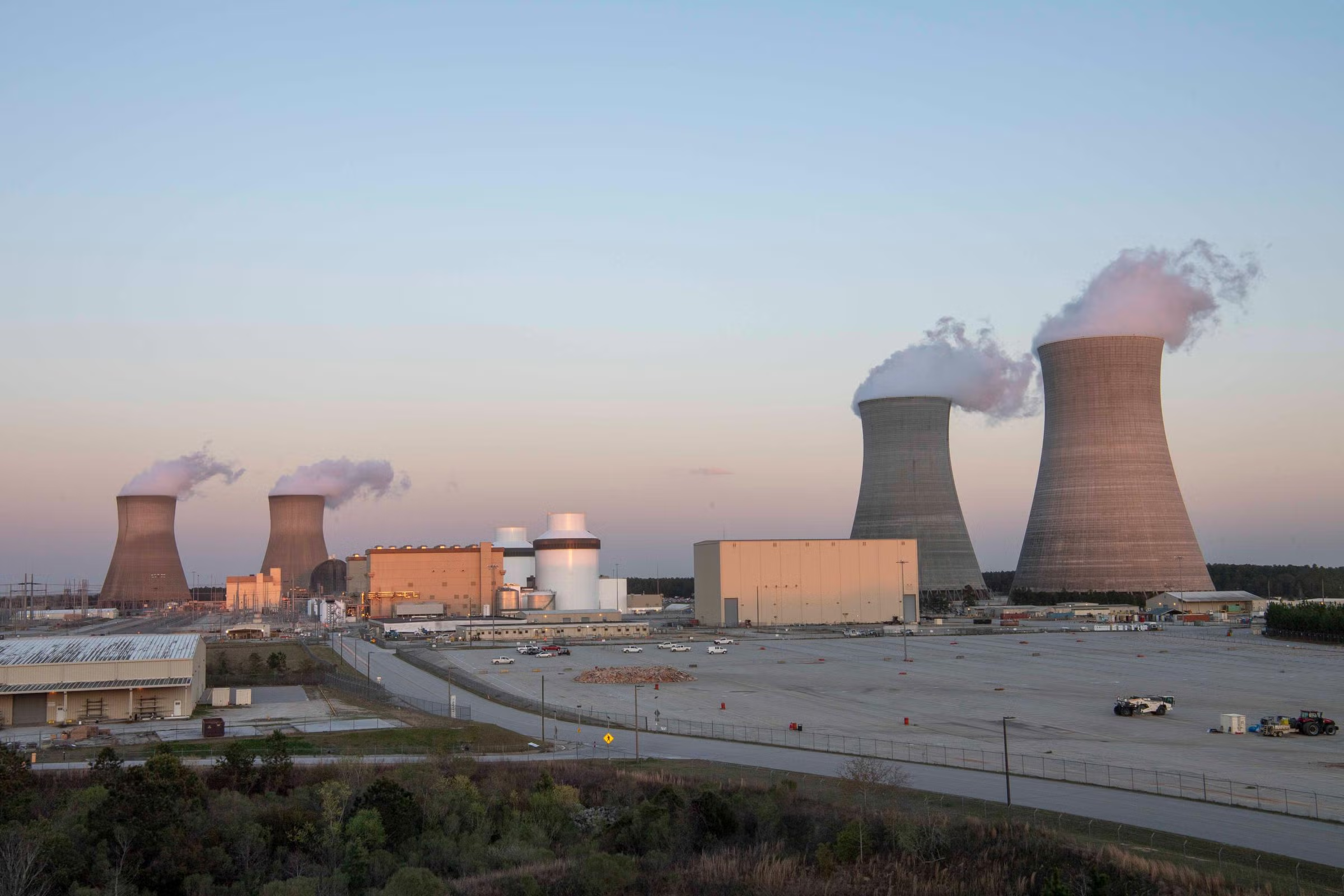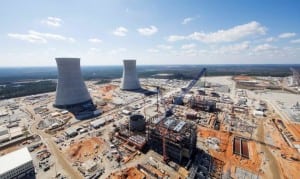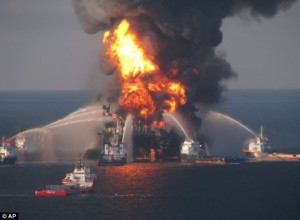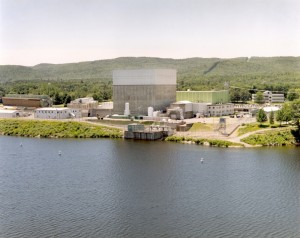Attempts by persons or groups to conceal their actions may be interpreted as circumstantial evidence of consciousness of guilt (Wigmore On Evidence, 2nd edition, 1915, § 178). We could probably find more citations, but the point is – what’s the NRC got to be afraid of?
Opponents of the Indian Point nuclear power plants, including New York State, got their day in court on Monday – sort of – to explain why they thought the two reactors should not be allowed to operate 20 more years. It signified the first time that a state had stepped forward to flatly oppose license renewals.
But like much about the tangled history of the plants in Westchester County, the hearing before a three-judge panel appointed by the federal Nuclear Regulatory Commission was not that simple.
The proceedings got off to a prickly start when a member of the audience seated in a courtroom at the Westchester County Courthouse here complained to the panel chairman, Lawrence G. McDade, that he could not hear what was being said. “The acoustics here are what the acoustics here are,” said Mr. McDade, a former military judge, who was himself using a microphone.
The difficulty was that about 20 lawyers seated at five tables and flanked by cartons of documents, as well as another 20 or so who spilled over into the jury box, did not have microphones.
When Michael B. Kaplowitz, vice chairman of the Westchester County Board of Legislators, rose and said he could not hear the lawyers representing him – and that he was not a member of the audience but a participant – Mr. McDade told Mr. Kaplowitz that he could read the transcript later.
After a lunch break, Mr. McDade relented and had more microphones brought in.
Acoustics were not the only setback for those opposed to relicensing the two plants in Buchanan, on the east bank of the Hudson River 35 miles north of Midtown Manhattan.
It was immediately clear that for the opponents – the state, Westchester County and several environmental groups – to win the day, they would have to persuade the panel and the regulatory agency itself to reconsider what arguments are admissible.
The commission has ruled that for an argument to be considered in license extension hearings, it must deal with problems that may arise because the license is extended. The state contends, however, that the region’s extraordinary population density, when considered together with the threat of terrorism or earthquake, makes the plants unsafe.
“The presence of the Indian Point nuclear power plant in our midst is untenable,” the state argued in a legal brief.
Joan Leary Matthews, a lawyer for the State Department of Environmental Conservation, said in an opening statement that “whatever the chances of a failure at Indian Point, the consequences could be catastrophic in ways that are almost too horrific to contemplate.”
Sherwin Turk, a lawyer for the Nuclear Regulatory Commission, said that questioning whether the site was a good idea in the first place was not within the scope of the proceeding.
Foes of Indian Point Begin Legal Battle, The New York Times, March 11, 2008.








